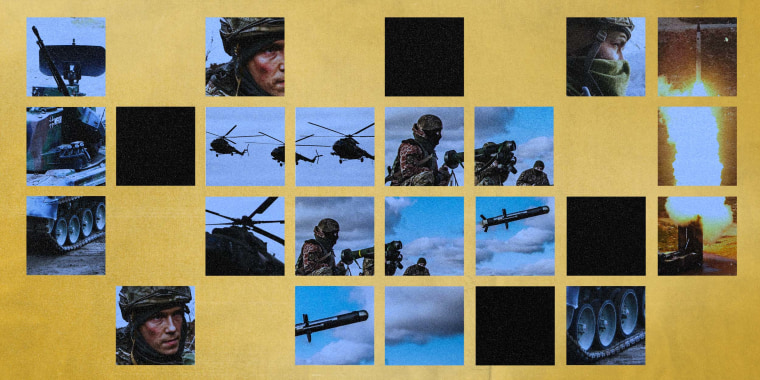Russia’s invasion of Ukraine has prompted NATO members and allies to pledge billions of dollars in military support to Kyiv, supplying weapons systems that range from surface-to-air missiles to heavy artillery and surveillance equipment.
Some of the technology has been around for decades, while some is cutting-edge. Some of the weapons can be carried like a backpack, and others need to be towed by large trucks.
Analysts say the hardware provided so far has already played a pivotal role in repelling Russian advances. Ukraine has repeatedly called for more weapons, saying they could make the difference as Russia redoubles its efforts in the eastern parts of the country.
Here are a few of the weapons being fast-tracked to Ukraine’s front lines by its allies.
NLAW and Javelin anti-tank missiles
What they do: Billed by its makers as “the ultimate tank killer,” the NLAW (Next generation Light Anti-tank Weapon) is a shoulder-mounted, guided missile system designed to destroy or cripple tanks and other armored vehicles.
With a range of up to 800 meters, the NLAW is best suited for open terrain and relatively close combat, and has been credited with helping to stall Russia’s armored units. Although lightweight and mobile, the missiles require a line of sight to be effective.
Javelin missiles are equipped with infrared guidance, and have a range of up to 4 kilometers. The system can either be shoulder-fired or fitted to vehicles, and uses a “top attack” trajectory to target the roof of armored vehicles, where they are most vulnerable.
Mark F. Cancian, senior adviser at the Center for Strategic and International Studies, said Javelin was “the top-of-the-line infantry anti-armor weapon” that NATO and other countries have given to Ukraine.
Both Javelin and NLAW are “fire-and-forget” weapons — once the trigger is pulled, the missile guides itself to its target — and are easy for troops to learn how to fire.
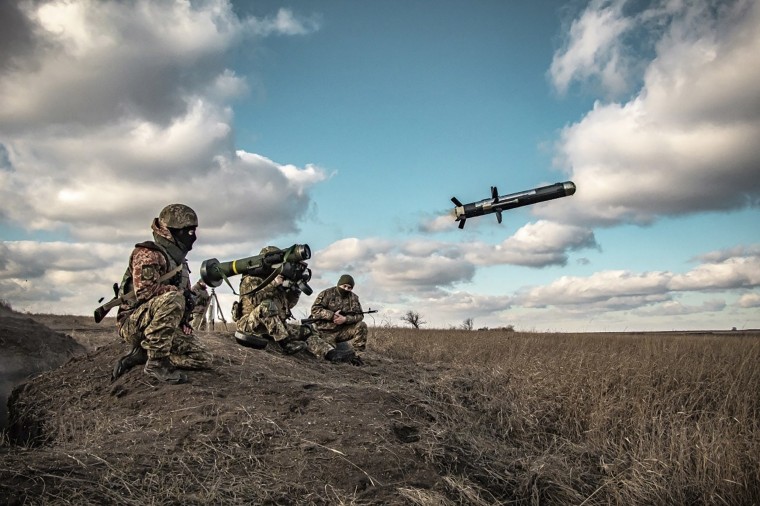
“That’s why NATO and its allies have provided these from the very beginning — they can be assimilated quickly,” Cancian said.
Where they're coming from: NLAW was developed by Sweden and the United Kingdom; Javelin is manufactured by the U.S. firms Raytheon and Lockheed Martin.
Britain says it has sent 4,000 NLAWs and other anti-tank missiles to Ukraine. The United States is also reported to have provided an unspecified number.
The U.S. says it has provided more than 5,000 Javelin systems to Ukrainian troops. The United Kingdom, Poland and Estonia have all sent small numbers. The Pentagon also says it has sent over 14,000 other anti-armor weapons.
Stingers and Starstreaks
What they do: The Stinger is a lightweight, shoulder-mounted surface-to-air missile system — known as man-portable air-defense systems or MANPADS — that has been used in conflicts from the Falklands War in 1982 to the ongoing civil war in Syria.
With a range of 5 miles (8 kilometers) and a maximum altitude of around 15,000 feet, its supersonic, heat-seeking missiles make it highly effective against helicopters, drones, cruise missiles and some low-flying aircraft.
It allows ground troops to defend themselves against aerial assaults, and Ukrainian forces claim they have been used to shoot down Russia’s flagship Sukhoi Su-34 fighter-bomber jets.

The U.K. has said it will supply Ukrainian forces with the British-made Starstreak system, a similar weapon that uses the fastest missiles in its weapons class, but it is yet to confirm precise figures.
Where they're coming from: The U.S. announced in March it was sending 800 Stinger missiles to Ukraine, and as of April 22, the Department of Defense, in a fact sheet, promised to send more than 1,400. At the start of the conflict, Germany announced it was sending 500, while the Netherlands announced 200. Latvia and Lithuania have also sent an unspecified number of Stingers.
S-300s and Gepards
What they do: The S-300 is a larger anti-aircraft missile system (about 25 feet long, weighing 2 tons) that offer far more range than Stingers and Starstreaks. Ukraine already possessed a number of Russian-made S-300 anti-aircraft missile systems, which have a longer range of up to 120 miles and can hit aircraft at a higher altitude than the Stingers.
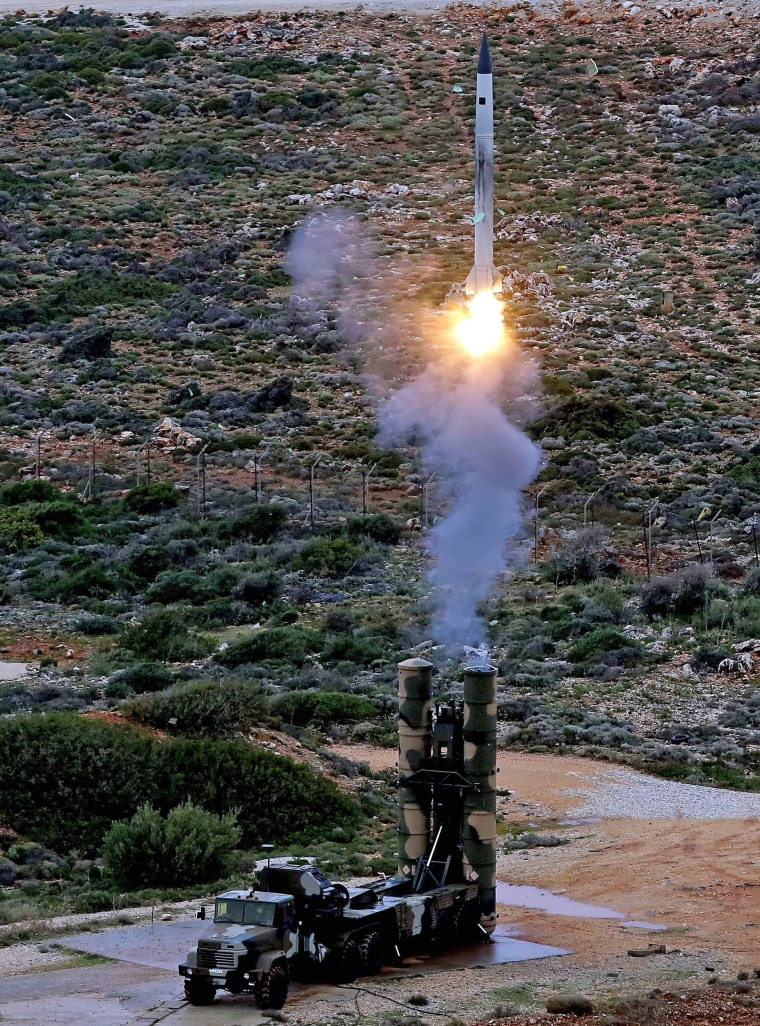
Military analysts say the S-300s have played a crucial role in countering Russian aircraft since the invasion of Ukraine began. NATO countries have pledged to provide more.
Gepard air-defense tanks are smaller systems that rely on exploding shells (often known as flak), to take down targets. The tank’s guns have a more limited range than the S-300’s missiles, and could find use against Russia’s drones and helicopters. The Gepard, or Cheetah, was created for the Cold War in the 1960s and has been updated since. Germany initially resisted sending such heavy weapons to Ukraine but announced the decision this week after coming under political pressure at home and abroad.
Where they're coming from: Germany is sending about 50 Gepards, while NATO countries are providing S-300s.
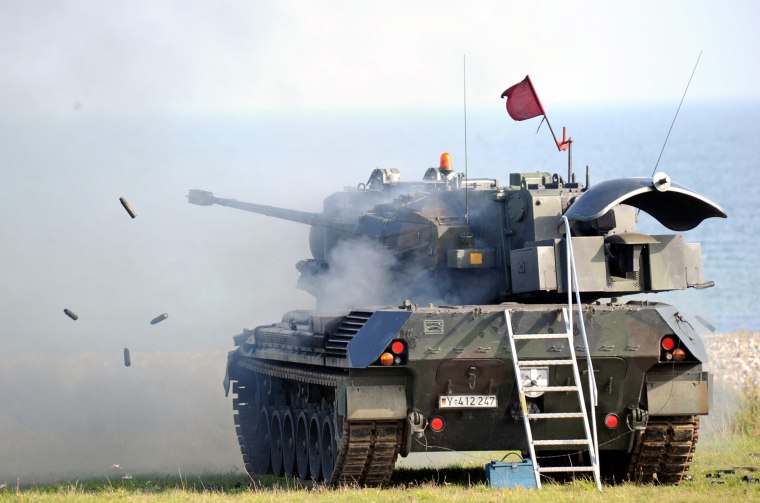
Attack drones
What they do: Dubbed “suicide” or “kamikaze” drones, the U.S.-developed Switchblade is an unmanned aerial vehicle that crashes into its target and detonates a small explosive load.
Small enough to be carried in a backpack, the guided craft is fired from a lightweight mortar and has ranges varying from 6 to 50 miles. They are thought to be ideal for situations like those experienced by the vastly outnumbered Ukrainian troops defending Mariupol.
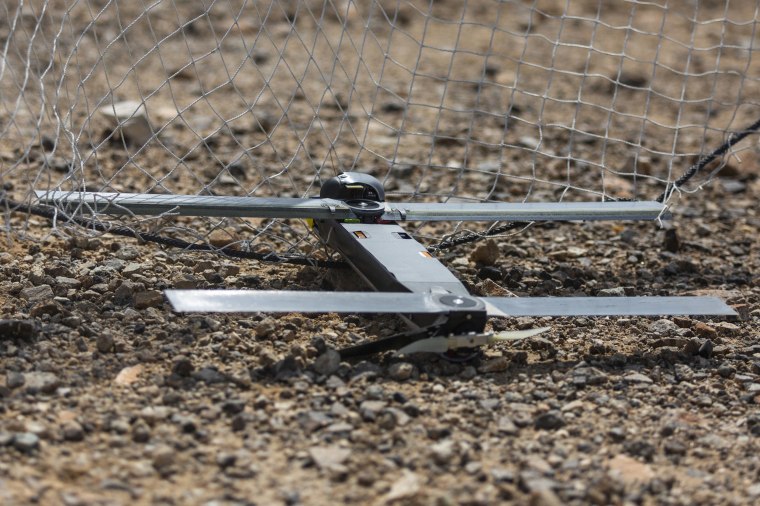
The U.S. has also said it is sending Phoenix Ghost drones to Ukraine. Pentagon press secretary John Kirby said the drones had “similar capabilities, but not exact” to the Switchblades.
Where they're coming from: The U.S. has said it is sending more than 700 Switchblades, manufactured by the U.S. company AeroVironment, and 121 Ghost drones, made by the U.S. company AEVEX Aerospace.
Artillery
What they do: Artillery, also known as howitzers, have been used in battle in some form for centuries. They are midrange surface-to-surface cannons used to support ground forces in either defensive or attacking maneuvers. The most common howitzer provided to Ukraine, the M-777, can be towed by truck. It fires 155-mm shells with a range of up to 18 miles from cannons that are much more mobile than their predecessors. This allows ground troops to quickly target multiple enemy positions.
Kirby said that the M-777s would help Ukrainian troops fighting Russian advances in the eastern Donbas region.
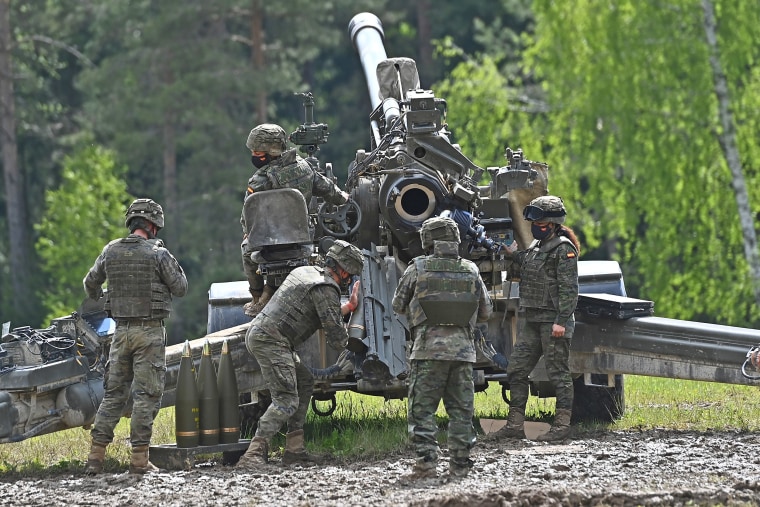
French President Emmanuel Macron recently said France would be sending self-propelled Caesar howitzers, along with thousands of shells by the end of April.
“There have been statements by the Ukrainians that their artillery has actually been the most important, not the anti-tank weapons,” Cancian said.
Where they're coming from. The M-777 was developed by Britain’s BAE Systems, and the Caesar by France’s Nexter Group. The U.S. has so far pledged 90 155-mm howitzers and 140,000 shells. Australia has said it will send six along with ammunition, and Canada is sending four. France has not yet provided specific figures for its Caesars.
Aircraft and radar systems
What they do: Ukraine has also requested aircraft and radar support systems to help it reduce Russia’s aerial supremacy.
After nixing a proposal by NATO ally Poland to allow Ukraine to use its Russian-made MiG-29 fighter fleet, Washington is providing Kyiv with 16 Soviet-designed Mi-17 helicopters. These can be used either for transport or in a gunship configuration.
Ukrainian ground forces and central command networks also need improved radar and hardware. The AN/TPQ-36 is a mobile, weapon-locating radar system that can help ground troops detect incoming artillery and rocket fire.
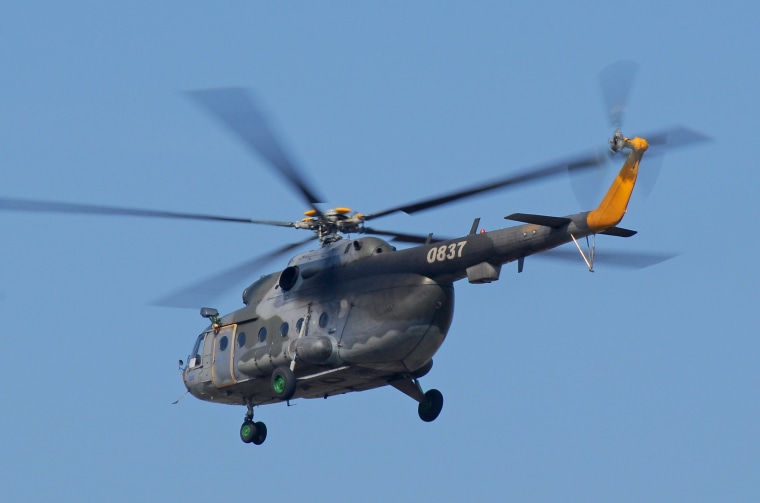
Where they're coming from: The Mi-17 is a Soviet design. The helicopters provided by the U.S. reportedly belonged to the deposed Afghan government. The AN/TPQ-36 is U.S.-designed.
The U.S. says it has provided 16 Mi-17s, 14 mobile counter-artillery radars, four counter-mortar radars and two aerial surveillance radars. The Netherlands has also pledged seven portable radar systems.
